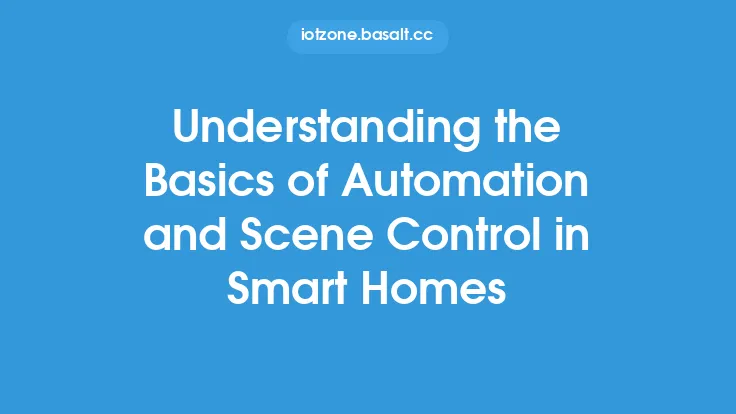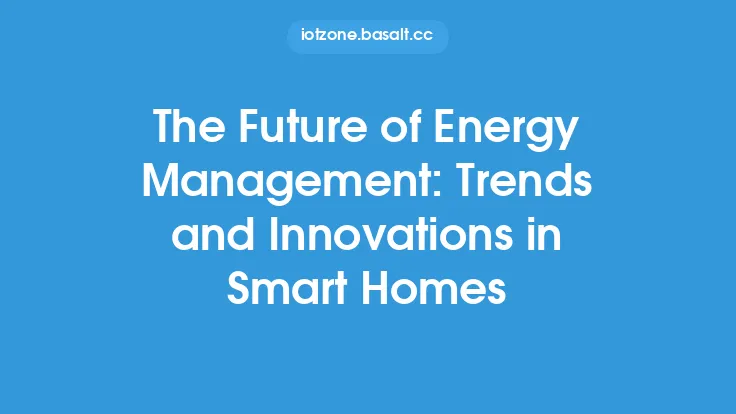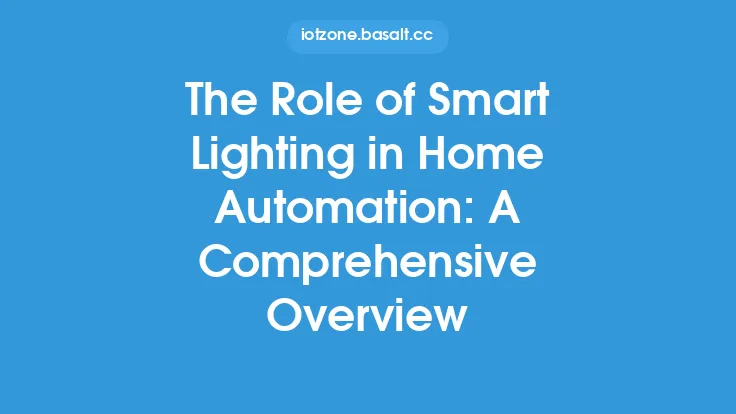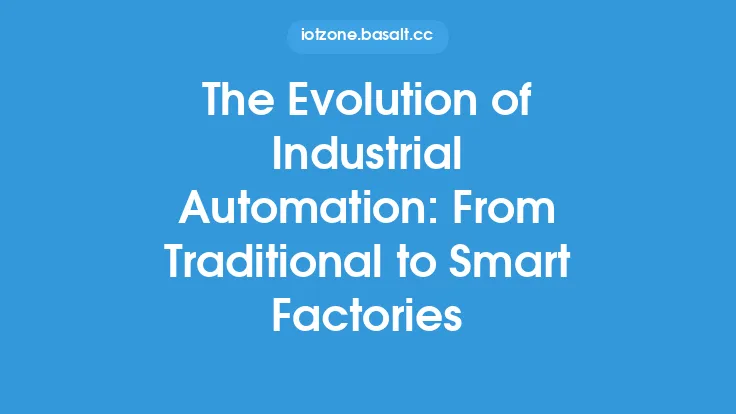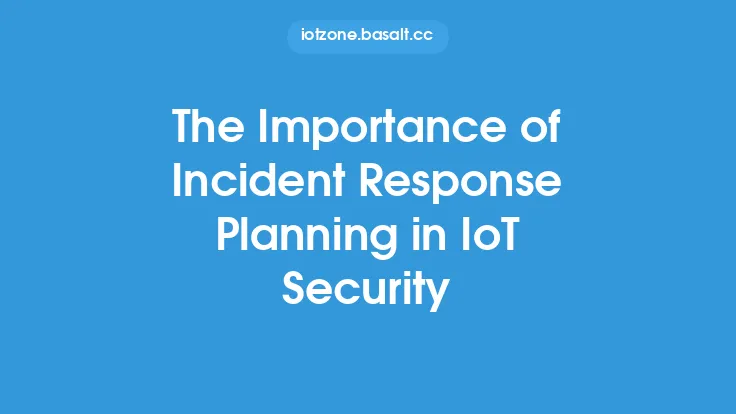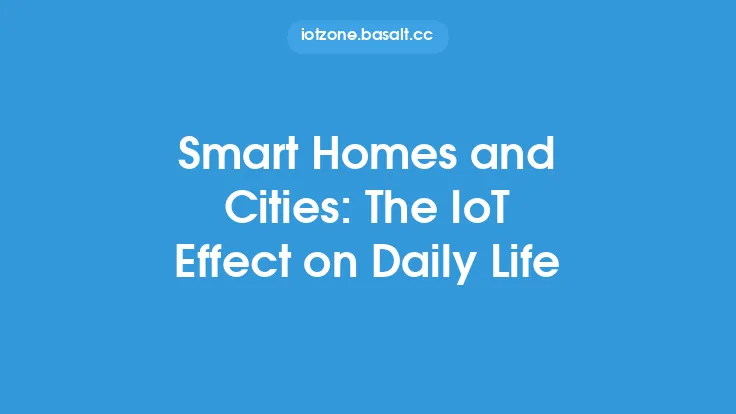The concept of smart homes and smart cities has been gaining traction in recent years, and the Internet of Things (IoT) has been at the forefront of this revolution. The proliferation of IoT in urban planning has transformed the way cities are designed, managed, and lived in. By integrating various devices, sensors, and systems, cities can now collect and analyze vast amounts of data, making informed decisions to improve the quality of life for their citizens.
Introduction to Smart Cities
A smart city is an urban area that uses information and communication technologies (ICTs) to enhance the quality of life for its citizens, improve the efficiency of services, and promote sustainable development. The IoT plays a crucial role in achieving these goals by connecting various devices, sensors, and systems, and enabling real-time data collection and analysis. This data can be used to optimize traffic management, energy consumption, waste management, and public safety, among other things.
Key Components of Smart Cities
Several key components are essential for building a smart city. These include:
- Sensors and IoT devices: These are used to collect data on various aspects of city operations, such as traffic, energy consumption, and environmental conditions.
- Data analytics: This involves analyzing the data collected from sensors and IoT devices to gain insights and make informed decisions.
- Communication networks: These are used to connect various devices and systems, enabling real-time data transmission and analysis.
- Cloud computing: This provides a platform for storing, processing, and analyzing large amounts of data.
- Artificial intelligence (AI) and machine learning (ML): These are used to analyze data, identify patterns, and make predictions, enabling cities to anticipate and respond to various challenges.
Applications of IoT in Urban Planning
The IoT has numerous applications in urban planning, including:
- Traffic management: IoT sensors can be used to monitor traffic flow, detect congestion, and optimize traffic signal timing.
- Energy management: IoT devices can be used to monitor energy consumption, detect energy-wasting patterns, and optimize energy distribution.
- Waste management: IoT sensors can be used to monitor waste levels, detect overflow, and optimize waste collection routes.
- Public safety: IoT devices can be used to monitor crime patterns, detect suspicious activity, and respond quickly to emergencies.
- Environmental monitoring: IoT sensors can be used to monitor air and water quality, detect pollution, and track climate change.
Benefits of IoT in Urban Planning
The integration of IoT in urban planning has numerous benefits, including:
- Improved efficiency: IoT enables cities to optimize services, reduce waste, and improve response times.
- Enhanced quality of life: IoT enables cities to provide better services, improve public safety, and enhance the overall quality of life for citizens.
- Sustainable development: IoT enables cities to monitor and reduce their environmental impact, promoting sustainable development.
- Economic benefits: IoT can help cities reduce costs, increase revenue, and attract businesses and investment.
Challenges and Limitations
Despite the benefits of IoT in urban planning, there are several challenges and limitations that need to be addressed. These include:
- Data privacy and security: The collection and analysis of large amounts of data raise concerns about data privacy and security.
- Interoperability: The integration of various devices and systems can be challenging, requiring standardized protocols and interfaces.
- Scalability: IoT systems need to be scalable to accommodate growing populations and increasing demands on city services.
- Financial constraints: The implementation of IoT systems can be costly, requiring significant investment in infrastructure and technology.
Future Directions
The future of IoT in urban planning is exciting and promising. As technology continues to evolve, we can expect to see:
- Increased use of AI and ML: These technologies will play a crucial role in analyzing data, identifying patterns, and making predictions.
- Greater emphasis on sustainability: IoT will be used to promote sustainable development, reduce environmental impact, and improve quality of life.
- More emphasis on citizen engagement: IoT will be used to engage citizens, provide them with real-time information, and involve them in decision-making processes.
- Greater investment in infrastructure: Cities will need to invest in infrastructure, including communication networks, data analytics platforms, and IoT devices.
Conclusion
The proliferation of IoT in urban planning has transformed the way cities are designed, managed, and lived in. By integrating various devices, sensors, and systems, cities can collect and analyze vast amounts of data, making informed decisions to improve the quality of life for their citizens. While there are challenges and limitations that need to be addressed, the benefits of IoT in urban planning are numerous, and the future directions are exciting and promising. As technology continues to evolve, we can expect to see increased use of AI and ML, greater emphasis on sustainability, more emphasis on citizen engagement, and greater investment in infrastructure.
